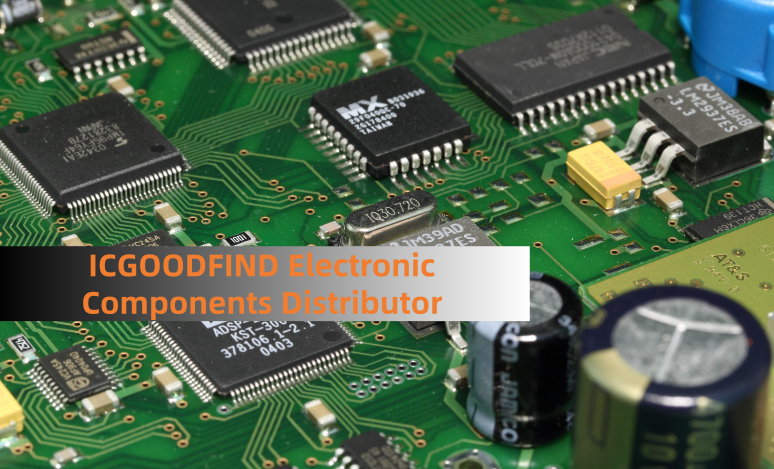**AD9278BBCZ: A Comprehensive Technical Overview of Analog Devices' Octal Ultrasound AFE**
The **AD9278BBCZ** from Analog Devices represents a pinnacle of integration and performance in the realm of medical imaging, specifically engineered for demanding ultrasound systems. As a complete octal (8-channel) analog front-end (AFE), this device combines critical signal conditioning blocks into a single IC, dramatically reducing system size, power consumption, and design complexity while enhancing image clarity and diagnostic capability.
**Architectural Breakdown and Core Functionality**
The device's architecture is meticulously designed to handle the precise requirements of ultrasound signal chains. Each of the eight identical channels features three primary stages:
1. **Low-Noise Amplifier (LNA):** The signal path begins with a highly sensitive LNA, which is the first stage to process the tiny echo signals received from the ultrasound transducer. The AD9278BBCZ offers a **programmable gain range and a low noise figure**, which is critical for maintaining the integrity of weak signals and determining the system's ability to image deep tissue structures. A key feature is the **tri-state output capability**, allowing the LNA to be quickly muted to protect the receiver during high-voltage transmit pulses.
2. **Variable Gain Amplifier (VGA):** Following the LNA, the VGA provides the bulk of the time-dependent gain. This stage compensates for the significant attenuation ultrasound signals experience as they propagate through the body, a process known as **Time Gain Compensation (TGC)**. The AD9278BBCZ provides exceptional linearity in its gain control, ensuring accurate signal amplification without distortion across the entire dynamic range.
3. **Analog-to-Digital Converter (ADC):** The final stage in each channel is a high-performance, **12-bit ADC** sampling at up to **80 MSPS**. This high sampling rate and resolution are essential for accurately digitizing the wide bandwidth of ultrasound signals, preserving detail for advanced imaging modes like tissue harmonic imaging. The ADC includes a programmable digital output data format for easy interfacing with FPGAs or ASICs.
**Key Features and Performance Advantages**
* **High Level of Integration:** Integrating eight complete channels (LNA, VGA, ADC, TGC) and a **CW (Continuous Wave) Doppler I/Q Demodulator** with programmable phase rotation into a single package is its most defining advantage. This integration eliminates the need for dozens of discrete components.
* **Outstanding Dynamic Performance:** The device boasts excellent **signal-to-noise ratio (SNR)** and **spurious-free dynamic range (SFDR)**, which directly translate to clearer images with higher contrast resolution, allowing clinicians to distinguish between subtle tissue differences.
* **Low Power Dissipation:** Despite its high channel count and performance, the AD9278BBCZ is optimized for power efficiency, a critical factor for portable ultrasound systems where battery life is paramount. Power-down modes are available for further power savings during idle periods.
* **Flexibility and Programmability:** Key parameters like LNA gain, VGA gain range, and ADC configuration are digitally programmable via a flexible serial port interface (SPI), allowing system designers to optimize performance for different probe types and clinical applications.

**Applications and System Impact**
The primary application of the AD9278BBCZ is in medical **ultrasound imaging systems**. Its high channel count makes it ideal for:
* High-end cart-based systems with 2D and 4D imaging capabilities.
* **Portable and handheld ultrasound scanners**, where its integration and low power are invaluable.
* Continuous Wave (CW) Doppler subsystems for blood flow analysis, leveraging its integrated I/Q demodulator.
By providing a complete, high-performance signal path, the AD9278BBCZ accelerates time-to-market for medical device manufacturers and enables the development of smaller, more affordable, and more capable ultrasound equipment.
**ICGOO**DFIND: The **AD9278BBCZ** stands as a benchmark integrated AFE, masterfully combining eight high-fidelity channels with a CW demodulator to deliver the **low noise, high dynamic range, and system integration** essential for next-generation diagnostic ultrasound equipment.
**Keywords:**
1. **Ultrasound AFE**
2. **Time Gain Compensation (TGC)**
3. **Low-Noise Amplifier (LNA)**
4. **Signal-to-Noise Ratio (SNR)**
5. **Continuous Wave (CW) Doppler**
